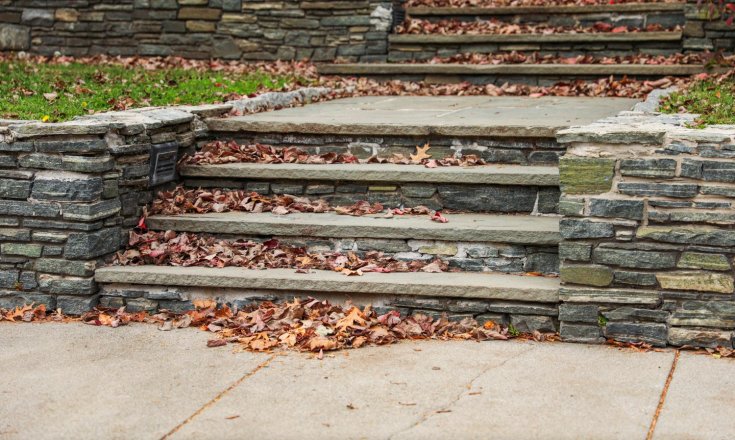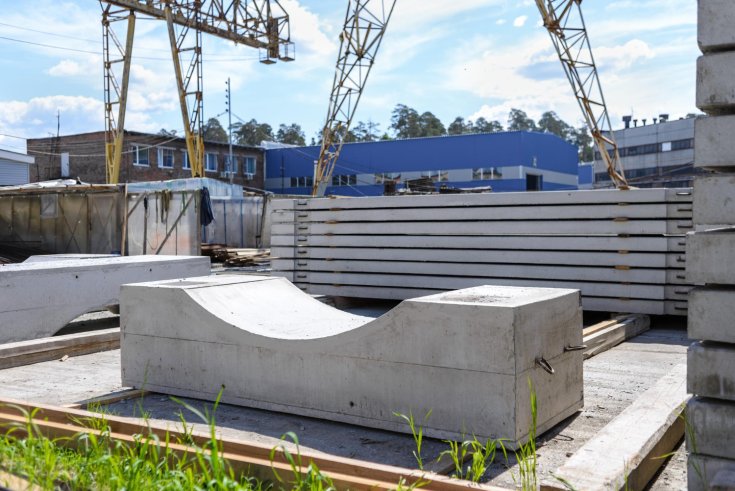Understanding Retaining Walls
A retaining wall is a structure engineered to resist the lateral pressure of soil. These walls are essential in preventing soil erosion and managing water runoff, creating stable and usable areas on slopes and uneven terrains. Retaining walls come in various types, including:
- Gravity Walls: These rely on their massive weight to resist the pressure from the soil. Materials like stone, concrete, and heavy masonry are commonly used.
- Cantilever Walls: Made from reinforced concrete, these walls use a cantilevered footing to provide stability. They are more efficient in terms of material use compared to gravity walls.
- Anchored Walls: These walls are supported by anchors driven into the earth behind them. This method is often used for taller walls where additional support is necessary.
- Sheet Piling Walls: Used in soft soils and tight spaces, these walls consist of vertical sheets of steel, vinyl, or wood driven into the ground.
As a retaining wall supplier, we specialize in producing durable materials for your project requirements.
The Ancient Origins of Retaining Walls
The history of retaining walls dates back to ancient civilizations, where these structures were important for agricultural and infrastructural purposes. The earliest known retaining walls were constructed in Mesopotamia and Egypt, where builders used locally sourced materials such as mud bricks and stone to create terraces and control water flow. These early engineers understood the basic principles of soil mechanics and used their knowledge to create stable and functional structures. The Romans advanced the technology of retaining walls further by incorporating concrete and arches into their designs. Roman engineers used retaining walls in various applications, from supporting roads and aqueducts to constructing large public buildings and fortifications. The use of concrete allowed for more durable structures, many of which still stand today. These early retaining walls were primarily gravity walls, relying on their sheer weight to hold back the soil. The materials used were often locally sourced, making them accessible and practical for the times. Despite their rudimentary designs, these ancient walls laid the groundwork for future innovations in retaining wall construction.
Industrial Advancements
The 20th century provided major advancements in retaining wall technology, driven by the Industrial Revolution and the rapid growth of urban areas. New materials like reinforced concrete and steel revolutionized the construction industry, allowing for more powerful and flexible retaining wall designs. The introduction of cantilever walls, which use a reinforced concrete footing to support a vertical wall, provided greater stability and opened up new possibilities for architects and engineers. The development of geotechnical engineering also played an important role by providing a deeper understanding of soil mechanics and the forces acting on retaining walls, leading to more precise and effective designs. The post-war boom in construction saw an increased use of retaining walls in infrastructure projects, including highways, railways, and urban development. The versatility of materials like reinforced concrete allowed for the creation of more complex and taller retaining walls, capable of withstanding higher loads and providing greater support.
Modern Innovations
The 21st century has seen remarkable innovations in retaining wall technology, driven by advancements in materials science, sustainability, and design software. Modern retaining walls are more durable, efficient, environmentally friendly, and aesthetically pleasing. The use of geosynthetics, such as geogrids and geotextiles, has improved soil reinforcement and drainage, which reduces the risk of failure and extends the lifespan of retaining walls. Innovations in materials, such as the development of high-performance concrete and the use of recycled materials, have further enhanced the sustainability of retaining walls. These advancements have led to stronger, more durable structures that require less maintenance and have a lower environmental impact.
Are You Looking for a Local Retaining Wall Supplier?
From the early mud brick structures of ancient civilizations to the sophisticated, sustainable designs of today, retaining walls have evolved tremendously over time. As a trusted retaining wall manufacturer, Garrett Precast provides innovative and dependable solutions that meet the highest standards of quality and performance. Whether you're planning a residential landscaping project or a large-scale infrastructure development, our team is here to help you achieve your vision. Contact us today for more details about our products.
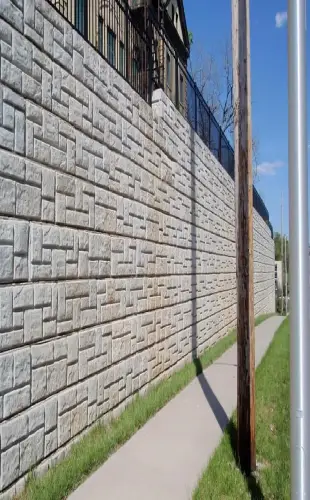

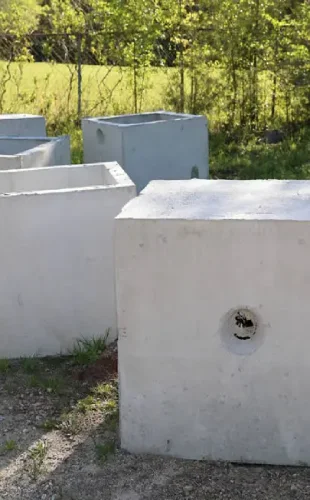
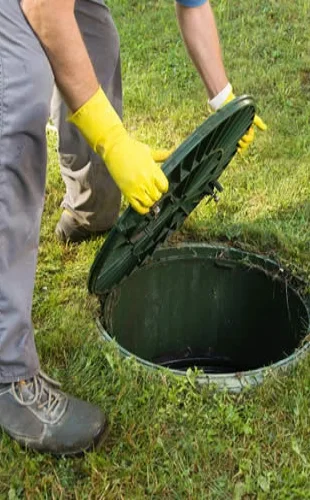
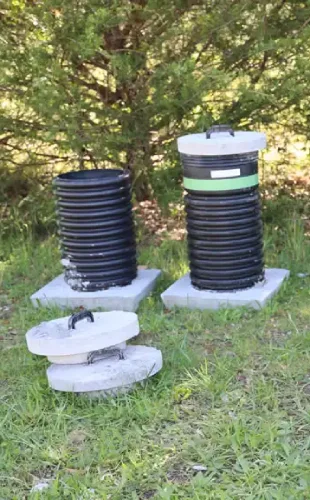
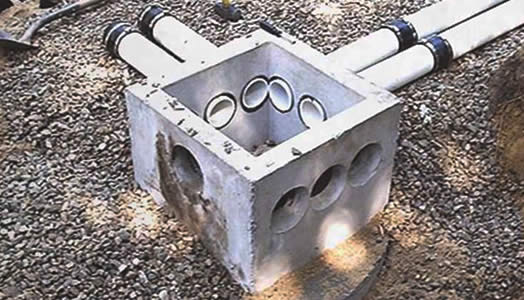
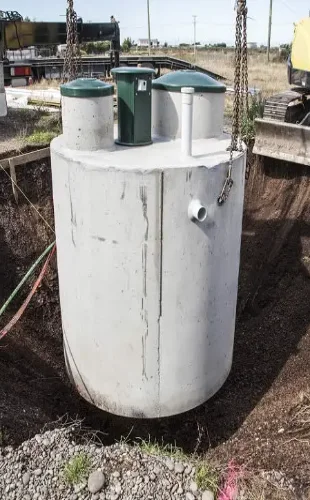
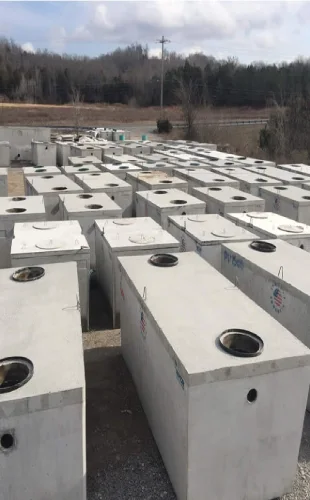
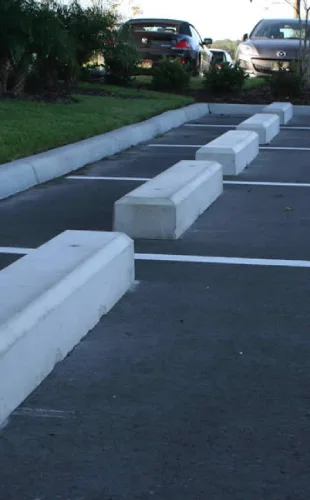
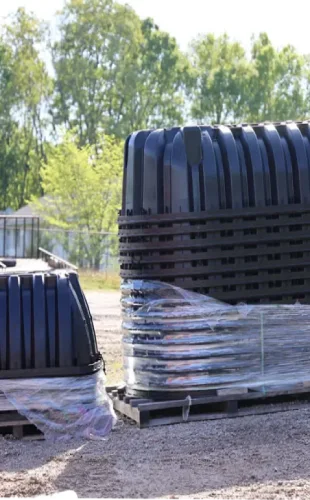
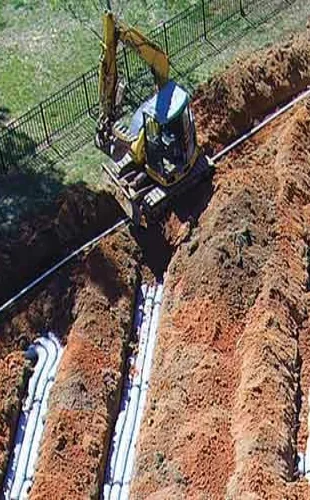

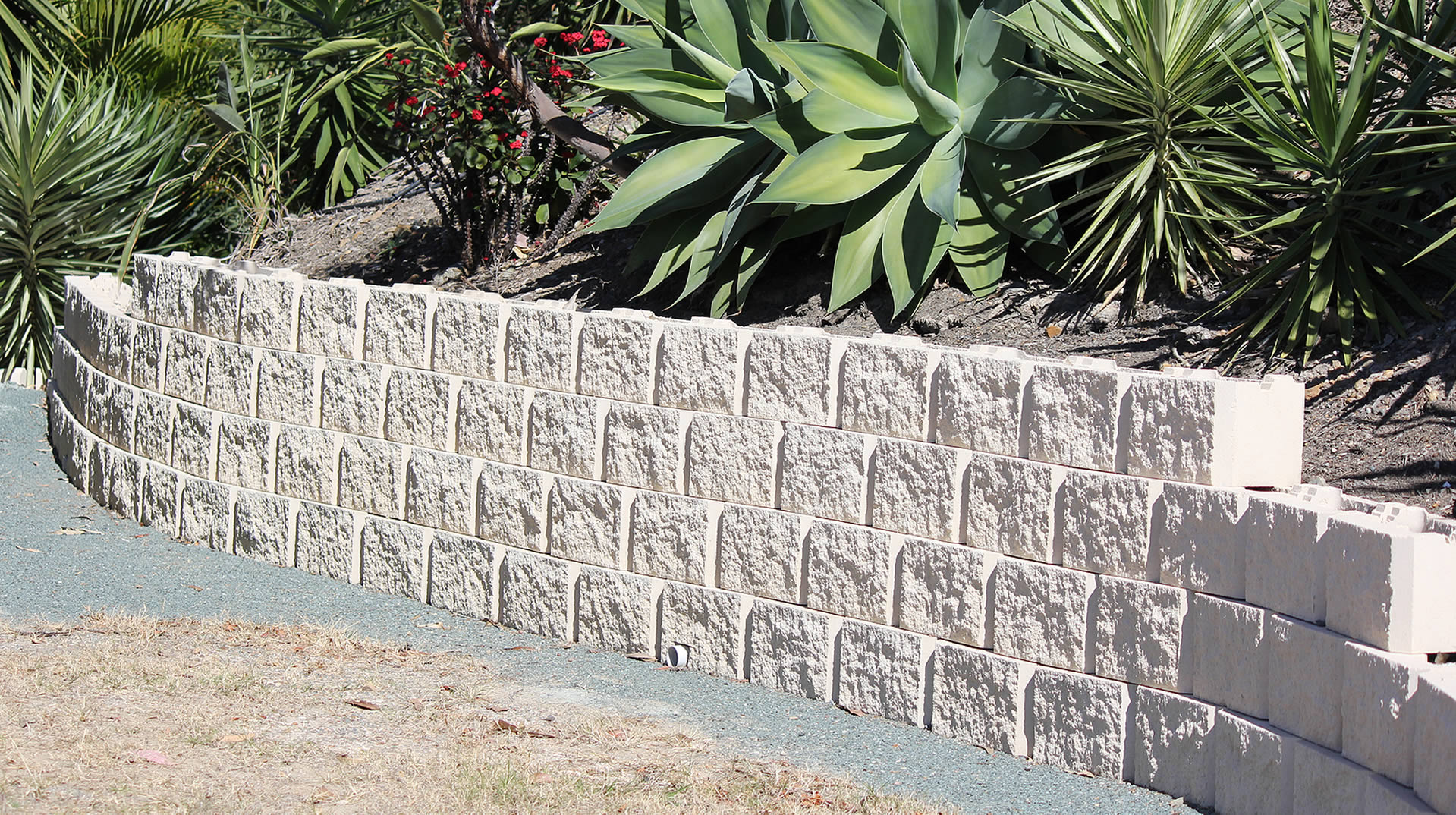
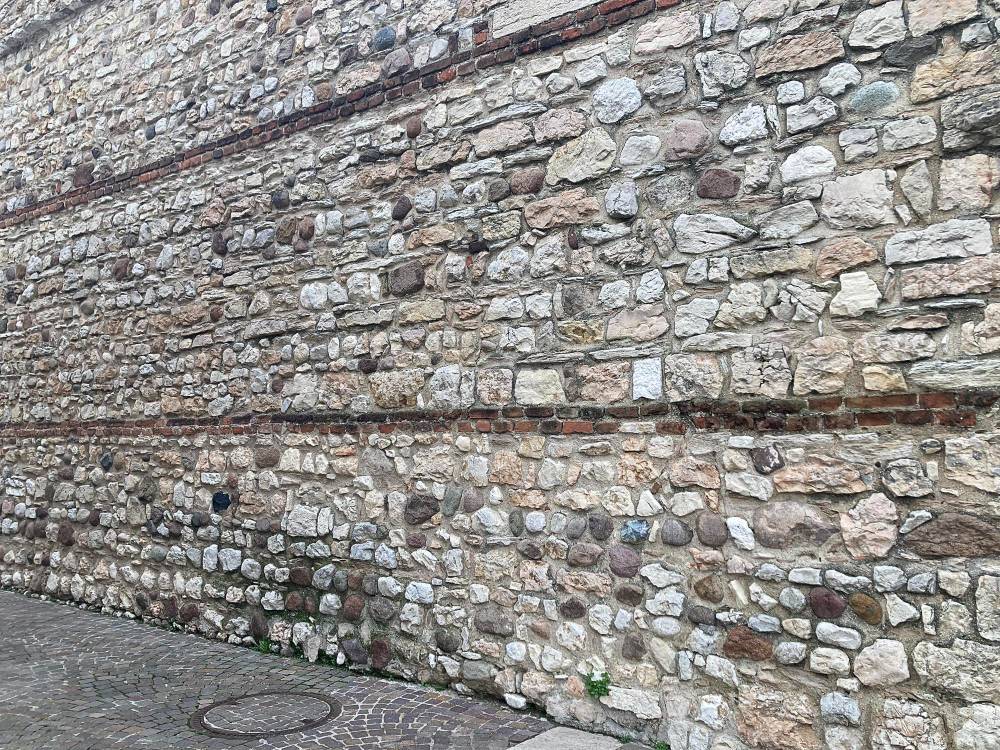
.webp)
